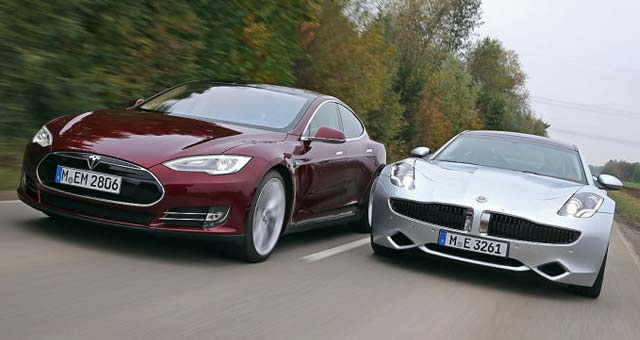 In another series of efforts to foster a new, sustainable energy future and further the state’s leadership in reducing greenhouse gas emissions, the California Independent System Operator Corporation (ISO) released a blueprint for integrating electric vehicles into the grid.
In another series of efforts to foster a new, sustainable energy future and further the state’s leadership in reducing greenhouse gas emissions, the California Independent System Operator Corporation (ISO) released a blueprint for integrating electric vehicles into the grid.
The Vehicle-Grid Integration (VGI) Roadmap: Enabling Vehicle-based Grid Services outlines three inter-dependent tracks to assess how consumer use of electric vehicles could benefit electric reliability, and to determine policies and technologies necessary to elicit that value through appropriate market signals for a more reliable, sustainable electric grid.
In 2012, California Governor Jerry Brown issued an executive order setting a target of 1.5 million zero-emission vehicles (ZEVs) on California roads by 2025. To realize this goal, the Governor’s Interagency Working Group on Zero-Emission Vehicles published a ZEV Action Plan. The Plan assigned the ISO to lead the coordinated roadmap effort in collaboration with the California Energy Commission, California Public Utilities Commission, the California Air Resources Board, the Governor’s office and industry stakeholders. The roadmap identifies actions that will advance the state’s ZEV goals.
“Vehicle electrification promises to not only help fight climate change, it presents an opportunity to provide grid services that complement other energy sources to meet the reliability needs of the grid,” said ISO President and CEO Steve Berberich.
Ideally, coordinating EV charging with grid conditions and providing a mechanism for aggregation of EVs to respond to the ISO’s signals will maximize the benefits to be gained from EV use. The VGI Roadmap also explores the potential for VGI services to be included in clean technology development such as demand response, energy storage and energy efficiency. While there is strong potential to supplement a symphony of new and diverse resources, it is important that EV grid products are harmonized with system operations. One example is creating the right incentive price signals to ensure EVs are charged during non-peak periods.
The roadmap builds upon efforts already underway in both the private and public sectors to enable EV aggregations. Coordinating EV charging with grid conditions and providing a mechanism for EV aggregators to respond to the ISO’s market signals will maximize benefits gained from use of EVs. Relevant policy proceedings involving California and the ISO will contribute to this effort.





